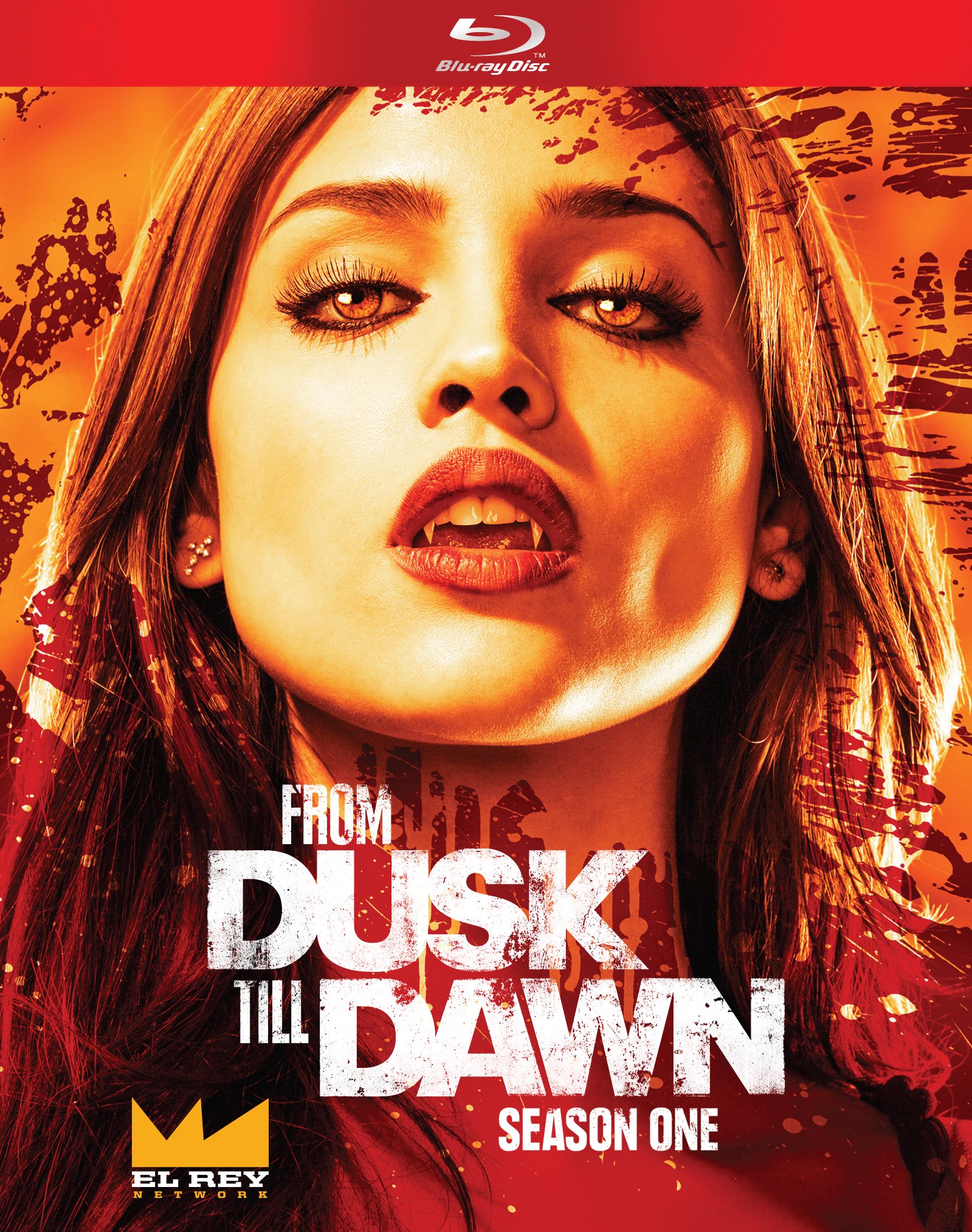

Take a movie like Cory Finley’s “Bad Education.” It’s a drama, grounded in real events, about a school superintendent on Long Island, who is congenial, handsome, highly respected, and even more highly fraudulent, embezzling millions as he strolls the path to success. What’s more, we can lop the story off at any time. The other is transplanted to TV, as if grown under glass, and, humongous though our screen may be, much of the fragrance is gone. One is tangled up in the public gaze, out of our control we cannot stop it or curtail it as it runs. A wild film and a hothouse film are very different things. A change of dimensions, countless viewers will say, is no big deal, nor is the switch to the domestic arena: a film is a film is a film, wheresoe’er it blooms, just as a rose is a rose. What matters here is not what we watched in 2020 but how we watched it, and whether our new methods and mores of watching are here to stay. Across the land, up goes the plaintive cry: “Just one more episode!” Or, in the case of Netflix, a complete night of their choosing, from suppertime till dawn. Millions of people, though, will exercise the sane and risk-free option-staying home, staying safe, and deciding what to watch and when to watch it, at an hour of their delicious choosing. I happen to love being a groundling, stuck in the pit of an auditorium and staring stupidly upward. This turn of events is a flat-out catastrophe, though not for everybody.

On the right lay the streaming revolution, which had been gathering strength for some time. On the left flank was the coronavirus, whose spike proteins would be delighted to hitch a ride on your popcorn. Any historian of the medium can reel off the various forces that have threatened its existence over the past century, including the advent of sound, the Second World War, the monstrous march of television, the VCR, the DVD, and “Police Academy 5: Assignment Miami Beach.” (You know, the one that even Steve Guttenberg didn’t show up for.) This year, however, saw a cunning and unprecedented pincer movement, as moviegoers found themselves beset not by one menace but by two separate foes. The majority of cinemas went dark the larger and more densely packed your city, the less inclined you were to sally forth in search of films. As early spring arrived, so did COVID-19, an affliction that, like a notable Burgundy, will forever bear the date of its vintage. It would be many months before a film-any film, of any size or school-left such a mark. Photograph courtesy Lilies FilmsĪnd that, pretty much, was that. (For a French audience, no name carries a greater amatory charge.) So lovestruck are the two of them that they have neither the will nor the ability to remove the barbs, and, as a viewer, you are similarly transfixed.Īs a demonstration of Cupid’s aim, “Portrait of a Lady on Fire” is unerring. As a demonstration of Cupid’s aim, it is unerring: the tale of a painter who falls in love with her sitter, a well-bred woman named Héloïse. The movie, having had a brief outing at the end of 2019, enjoyed a wider and more appropriate release on Valentine’s Day. For any idealists out there who still believe in cinema as an international language, here is rousing proof: it fell to a French director to foretell the rage and the unrest that would define the American summer.Īn equal grip is exerted by Céline Sciamma’s “ Portrait of a Lady on Fire,” although its setting-remotest Brittany, in the late eighteenth century-is a world away from the burbs. They know their patch, with its wealth of problems, all too well, and not for a second do you mistake their job for an easy ride nonetheless, it is their overbearing actions that light the fuse. The police are neither heroes nor outright villains. If you cast your mind all the way back to the belle époque, otherwise known as January, you may remember Ladj Ly’s “ Les Misérables,” which follows a trio of cops through a combustible suburb of Paris. The irony is that it made such a promising start, with a little help from the French. New Yorker writers reflect on the year’s highs and lows.


 0 kommentar(er)
0 kommentar(er)
